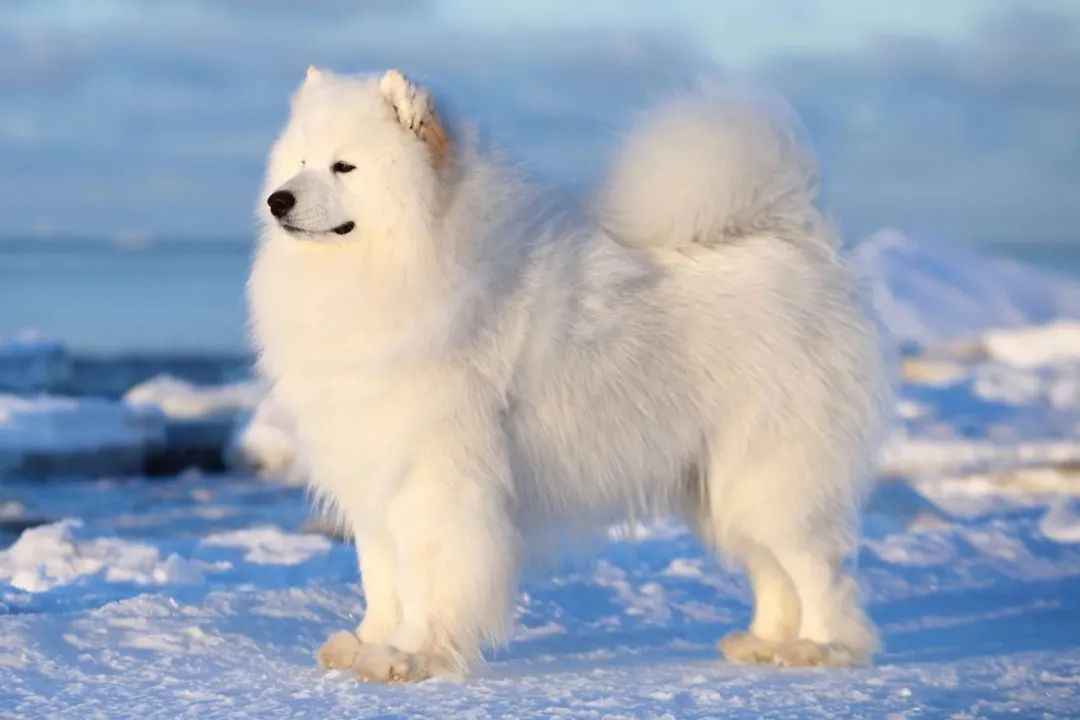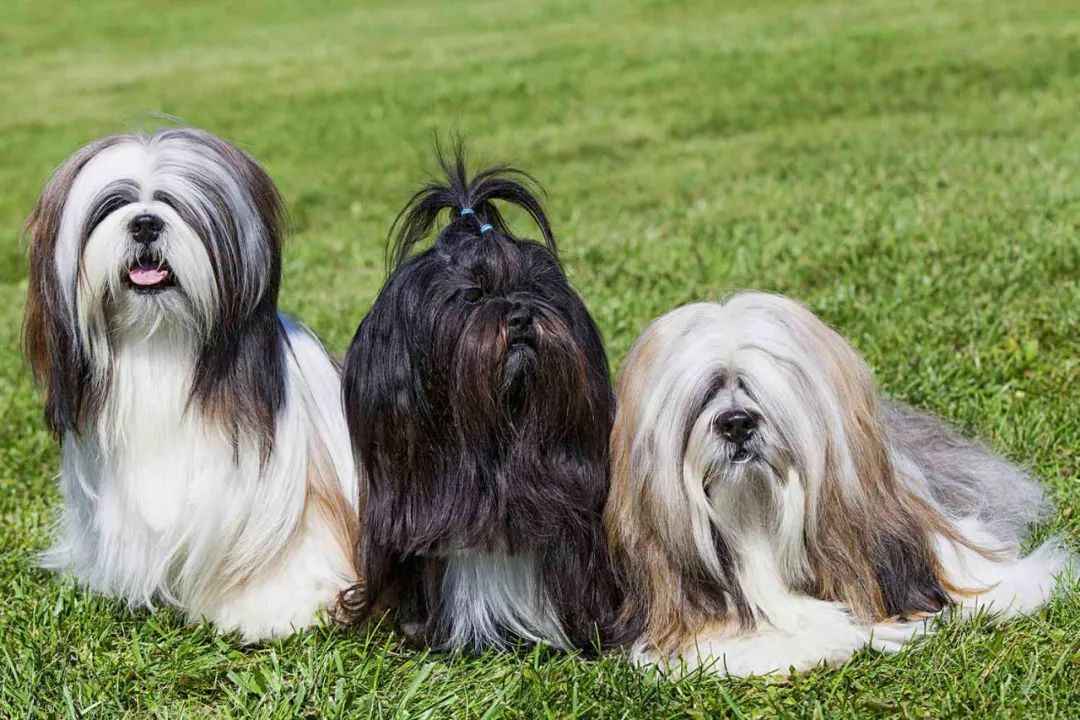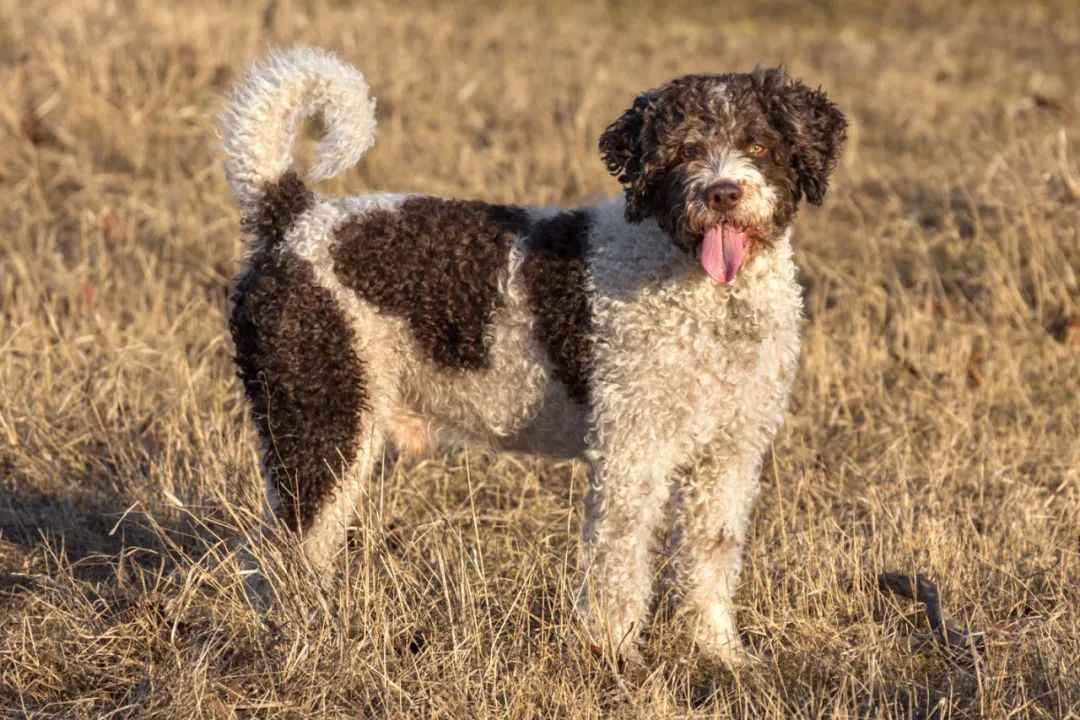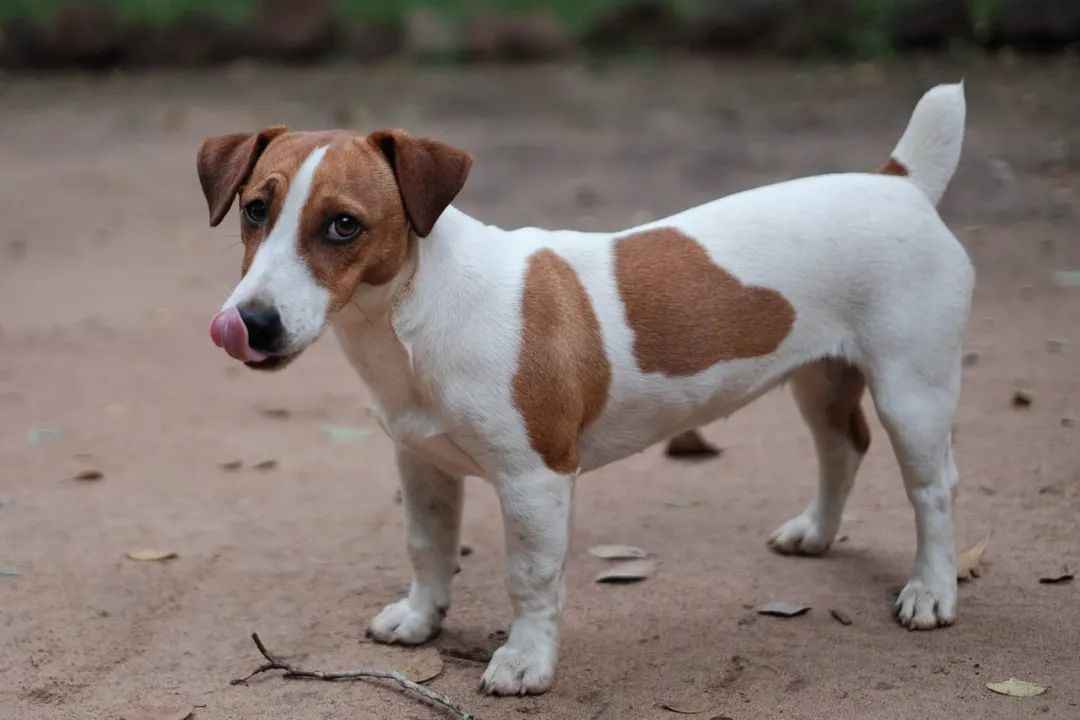The Rhodesian Ridgeback, affectionately known as the "Lion Hound," is an ancient South African breed celebrated for its distinctive dorsal ridge—a strip of hair growing against the grain. This unique feature not only defines its appearance but also symbolizes centuries of hunting heritage56.
South Africa's Lion Hound: The Rhodesian Ridgeback - A Perfect Blend of Strength and Loyalty

Source: Images from the Internet, if there is any infringement, please contact the removal of
The Rhodesian Ridgeback, affectionately known as the "Lion Hound," is an ancient South African breed celebrated for its distinctive dorsal ridge—a strip of hair growing against the grain. This unique feature not only defines its appearance but also symbolizes centuries of hunting heritage56.
Historical Origins: From African Veldt to Global Fame
In the 17th century, European settlers introduced hounds like Bloodhounds and Greyhounds to South Africa, crossbreeding them with the Khoikhoi tribe’s ridged dogs. By the 19th century, Boer farmers refined this lineage into a lion-tracking breed. Historically, packs of three Ridgebacks could corner lions, allowing hunters to intervene8. Officially standardized in Rhodesia (now Zimbabwe) in 1922, the breed gained AKC recognition in 1955, evolving into a versatile companion and working dog globally35.
Physical Traits & Temperament: Majesty Meets Warmth
Standing 61-69 cm tall and weighing 29-41 kg, Ridgebacks exhibit a muscular build with a sleek coat in wheat to red hues. The ridge, formed by two symmetrical whorls from shoulder to hip, is their hallmark7. Adaptable to extreme climates, they thrive in both arid plains and urban settings. Loyal and affectionate with families, they remain reserved with strangers, making them exceptional guardians13. As hunting dogs, their stamina demands 2+ hours of daily exercise to prevent restlessness37.
Health & Care: A Warrior’s Needs
With a lifespan of 10-12 years, Ridgebacks face genetic risks like hip dysplasia and dermoid sinus, requiring regular veterinary checks and balanced nutrition23. Spacious living environments are essential to prevent obesity-related heart issues. While their short coat needs minimal grooming, sun protection and parasite control are critical for outdoor activities37.
Modern Role: From Safari to Suburbia
Today, Ridgebacks excel as family companions and police dogs. Their calm demeanor suits city life, though early socialization is key to mitigate aggression toward unfamiliar dogs13. In 2025, they rank among the world’s top 50 most popular breeds, cherished in the West for their reputation as "trusted protectors"3.
Conclusion
The Rhodesian Ridgeback embodies Africa’s untamed spirit—its ridge a testament to resilience, its loyalty a bridge between wild heritage and domestic devotion. Whether chasing lions or guarding homes, this breed remains a timeless symbol of strength and heart.






